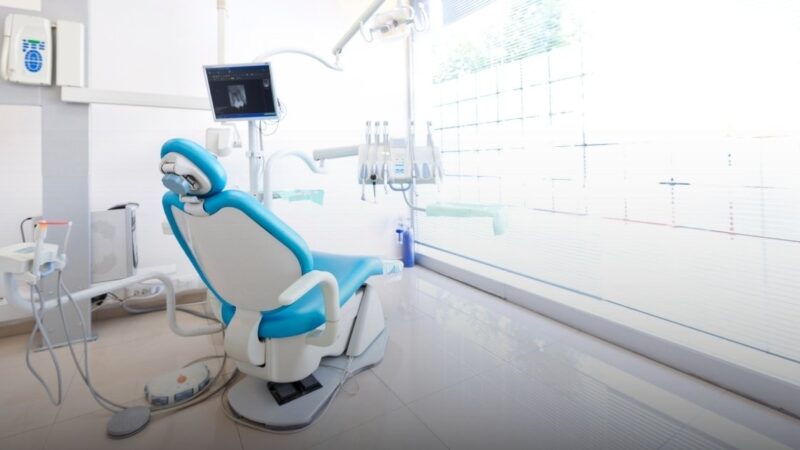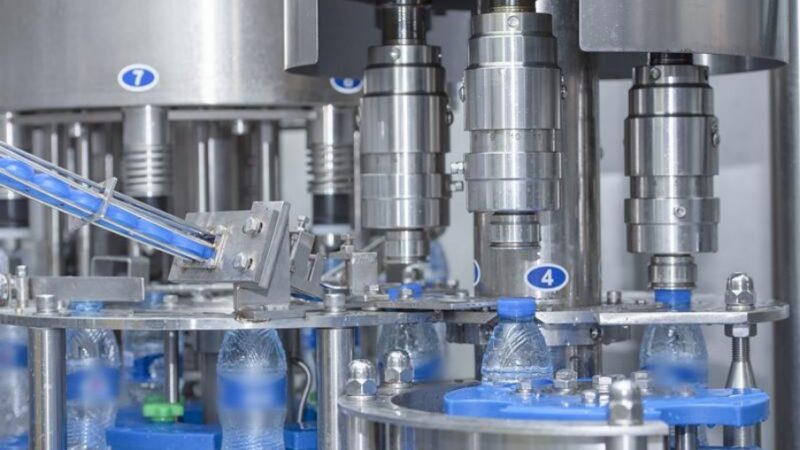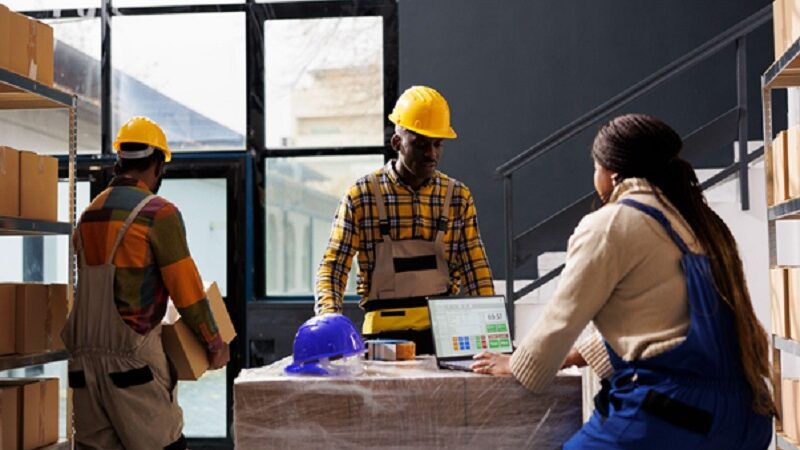4 Critical Signs You Need Asbestos Air Monitoring

If you own property constructed before the 2003 national asbestos ban, you should consider performing asbestos identification and management. These buildings often contain significant amounts of asbestos hiding in insulation, roofing, and more.
Conducting asbestos removal is usually essential to ensuring safety from the health risks associated with the mineral. However, asbestos can release dangerous levels of airborne fibres that are hazardous.
This is when asbestos air sampling and monitoring steps in.
There are four critical signs you need asbestos air monitoring. Please keep reading to discover them.
- Before Disturbing Asbestos
As mentioned, asbestos can release fibres into the air when disturbed in any way. It does not take much to start raising airborne fibre levels; sometimes, it takes slight activity.
Before starting any demolition, renovation, construction, or asbestos removal project, it is essential to conduct air monitoring. Air monitoring helps the assessor determine the current exposure risks and keep workers safe. If elevated levels are detected, mitigation measures will be enacted.
- After Removal and Abatement
Performing a removal and abatement project will disturb the asbestos, causing it to release fibres in the air depending on how well it was done. The process can be dangerous to the workers dealing with asbestos and the inhabitants.
Airborne asbestos fibres may linger far longer than you think, making entering the premises hazardous. Air monitoring can help determine the airborne asbestos exposure level, allowing you and the assessor to create the right management strategies to reduce inhalation risks.
- After the Demolition of a Suspected Building
Did you recently demolish your property and find traces of asbestos?
Similar to point number two, demolition can disturb asbestos and lead to fibres released into the air. Once the building is torn down, you can be certain that asbestos-containing materials (ACM) may have been destroyed.
Don’t wait until it’s too late; hire a competent and licensed assessor to conduct air monitoring in the area and take steps to ensure exposure levels do not exceed.
- Presence of Damaged ACMs
If you notice damaged asbestos-containing materials in your property, immediately call an assessor for air monitoring. Damaged ACMs are more likely to release fibres into the air, which could result in various respiratory issues like lung cancer and asbestosis.
Whether planning a removal or forming a mitigation strategy, asbestos air monitoring is paramount to maintaining good air quality and reducing fibre inhalation. Partner with fully licensed and certified Asbestos Assessors from Global Asbestos Audits today for a safer tomorrow.







